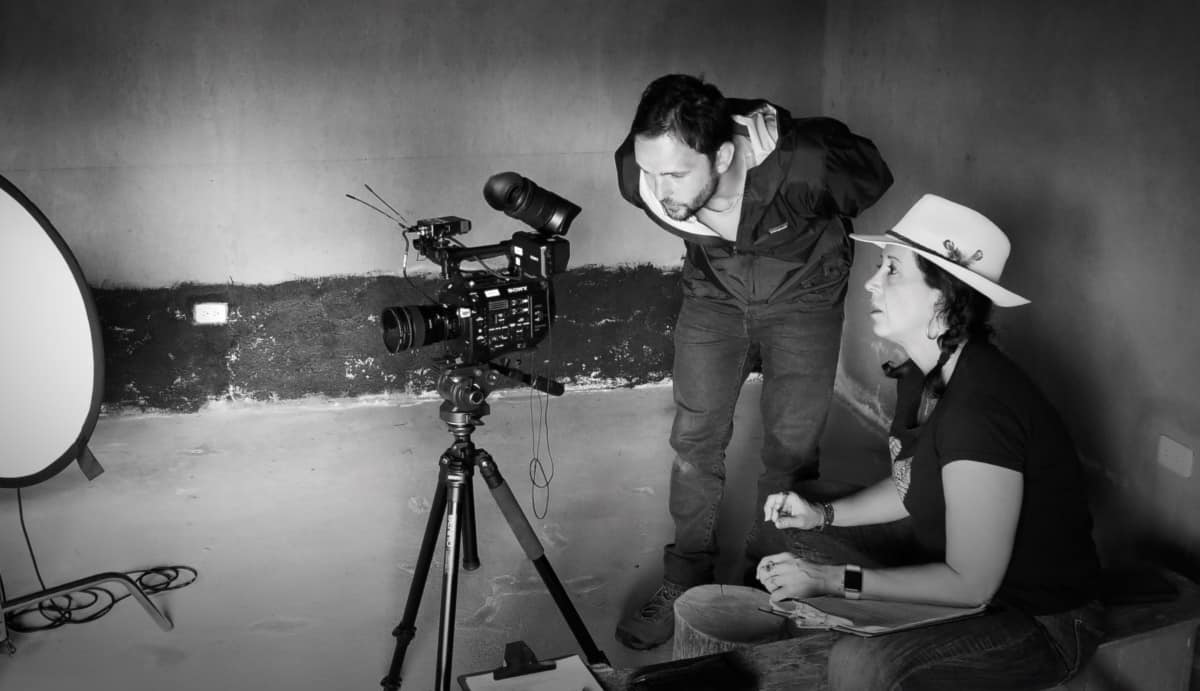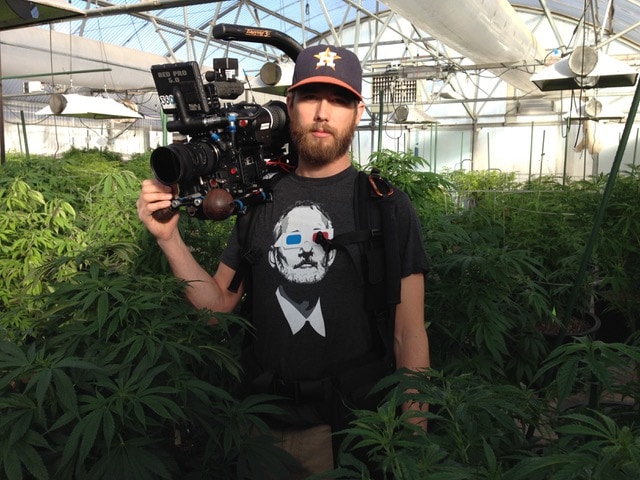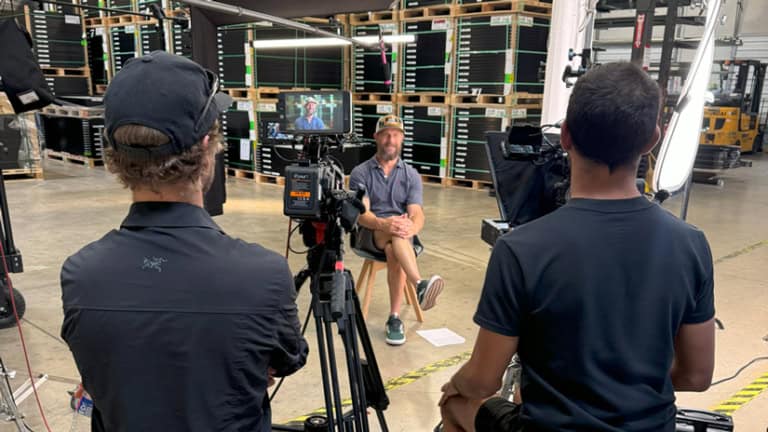
EDITOR’S NOTE: We’re writing a series on the pressures facing the video/film production industry in Austin. Below is Part I.
In Austin, creative pursuits are valued.
Our city’s creative industries generated $4.3 billion in economic activity and 49,000 jobs in 2010, the year that the most recent figures are from. The film sector accounted for about $283 million in economic impact, and it has grown in the past decade.
Due to the cancelation of SXSW and the onset of COVID in March, Austin’s production industry has faced a prolonged work stoppage that has threatened the livelihoods of people across a wide range of roles.
Several Austin professionals shared their experiences with 3rd & Lamar. [restrict]
The Waiting Game For Production Work
Anna Lani recalls working 4-5 days a week between March and June last year. The hair and makeup artist kept busy on a series for Rooster Teeth along with commercial work in-between.
During a conversation in late May, she said her last day of work was March 12.
“Over the past two years, I would say 90 percent of my income came from production,” she said. “I would occasionally do weddings and occasionally do photo shoots.”
Lani, a UT alumna who has worked in hair and makeup since 2013, is joined by grips, camera operators, production assistants, cinematographers, producers, and directors who are searching for jobs in a time when their schedules are typically full.
Chad Leathers, a director of photography (DP), says March and April are usually his busiest months.
“April, it dropped 100%,” he said. “Yeah, I definitely saw a huge drop-off of work, because I don’t think people wanted to be on set. It’s difficult to describe. I think people were afraid for a long time.”
Melissa Kirkendall, a producer and location/production manager, last worked during the second week of March. She’s on a soft hold as a line producer for a feature film, but she has no idea if it will happen.
On March 15, Paul Toohey worked his last job as a production sound mixer before projects dried up.
“I’ve only received like two phone calls since then,” he said in late May. “Yeah, it’s just stopped, and everybody I’ve talked to – there’s a couple of people that have done a good job here and there – but for the most part, with everything that’s going on, production work is definitely stopped.”
An RTF alum from UT, Toohey is usually busy earlier in the year, which makes up for slower summer months. In the fall, production often picks back up, but he isn’t sure that will happen this year.
When Production Returns, Expect More Competition
Going from full bore to a work standstill in a short period of time has been an adjustment for Andrew Barrera, a St. Edward’s alum who grew up in Brownsville, Texas. A freelance cinematographer and DP, Barrera also is part owner of 360 Studios, a full-service production company.

He finished an $80,000 commercial in early March, and now he’s spending time with his wife and kids at their home north of Dripping Springs. Occasionally, he’ll do some renovation work at their house.
“It’s just dead right now,” he said. “It’s stagnant, everything’s stagnant. I’m not working because nobody’s doing anything, and so that’s a little frustrating, obviously.”
His concern is that when production work does resume, there will be added competition.
“And rates are going down because of that, for sure,” he said. “It’s going to be a bottleneck. Everybody’s going to want to do the same work.”
Leathers didn’t anticipate a global pandemic, but he knows how volatile production work can be for freelancers and independent contractors. He’s relied on savings and a small job for a cushion.
He sees better days ahead.
“I think people are going to have to continue to make things,” he said. “I was kind of lucky because I still got to work in March and I’ve worked in May. I know some people are not as lucky.”
Up next: We delve into the issue of stagnant production rates in Austin.



